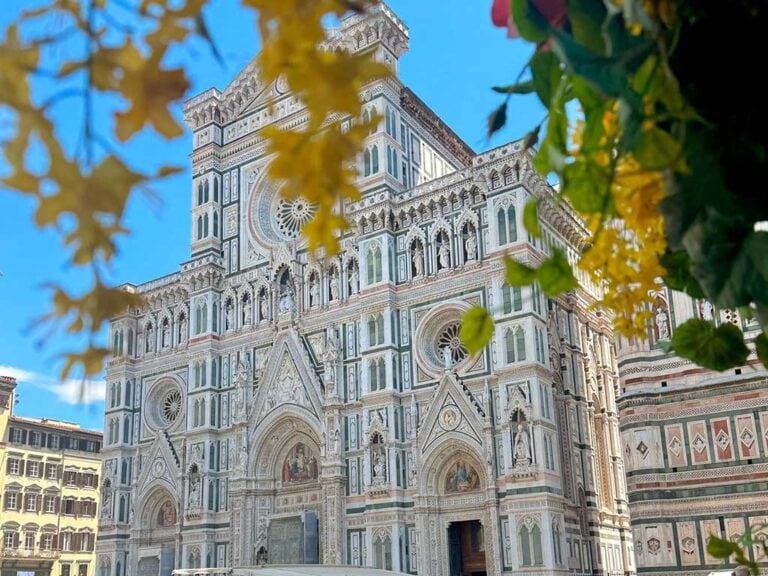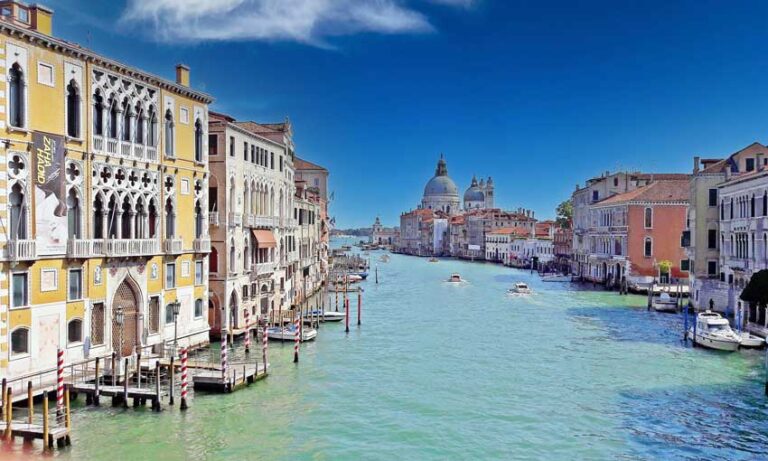Can you take pictures in the Sistine Chapel? Many travelers are surprised to learn the answer is no—and the reason why goes far beyond simple museum rules.

You finally make it to the Vatican Museums. After wandering through endless halls of art and history, you reach the one place everyone’s been waiting for—the Sistine Chapel.
You step inside, look up, and your breath catches. Michelangelo’s Last Judgment and Creation of Adam stretch across the ceiling in all their glory. Naturally, your hand reaches for your phone—this is the moment! But before you can even open the camera, a guard gently shakes their head:
“No photos, please.”
Disappointed? Sure. Confused? You’re not alone. So, why can’t you take pictures in the Sistine Chapel
Why You Can’t Take Pictures in the Sistine Chapel
First things first—the Sistine Chapel is still used for religious ceremonies. It’s not just a place to admire Renaissance art. It’s where the cardinals gather when a new pope is elected. It’s a chapel, and like many sacred places around the world, a certain level of respect is expected.
That’s why silence is asked for. And why no photos or videos are allowed. Imagine hundreds of flashes going off in a place meant for prayer and reflection—it just doesn’t feel right.
Can You Take Pictures Without Flash? Here’s the Truth
Even though many people now take photos without flash, enforcing that rule is tricky. And flash does cause damage to centuries-old frescoes. The light can fade the colors over time—especially the delicate pigments used by Michelangelo and other Renaissance masters.
To play it safe, the Vatican bans all photography. Better to protect the paintings now than risk losing them forever.
The History Behind the Photography Ban at the Vatican
Here’s the part most people don’t know.
Back in the 1980s, the Vatican wanted to restore the Sistine Chapel. But the cost? Over $3 million. No one in Italy could raise the money.
Then, Japan’s Nippon Television Network stepped in. They agreed to fund the restoration in exchange for exclusive photo and video rights during and after the work.
So, from 1990 to 1993, only Japanese TV had permission to film and photograph the freshly restored Sistine Chapel. That deal has since expired—but the photo ban stayed.
The Rule Stuck—And For Good Reasons
Even after the exclusive rights ended, the Vatican chose to keep the “No Photos” rule. Why?
To protect the paintings.
To control the crowds.
And to encourage people to stop and look—not just snap and scroll.
Sometimes, it’s about being fully present in the moment. After all, how many times do you really go back and look at that blurry ceiling photo from your trip?
Where to Take Photos Near the Sistine Chapel Instead
While photography is strictly forbidden inside the Sistine Chapel, there’s a great workaround you shouldn’t miss. Just before you enter the chapel, you’ll find several displays and large panels showing high-resolution images of Michelangelo’s ceiling and frescoes.
These are meant to help visitors understand what they’re about to see—but they also make the perfect photo opportunity! The lighting is great, the details are clear, and yes—you’re allowed to take pictures there.
So if you want a souvenir photo of the Sistine Chapel’s artwork without breaking any rules, snap your shots here. It’s the closest you’ll get—and a respectful way to remember the experience.
What Happens If You Take a Photo in the Sistine Chapel?
If you try to take a photo inside the Sistine Chapel, chances are high that you’ll be immediately stopped by one of the guards. Staff are stationed throughout the chapel and are very attentive. You’ll be firmly asked to put away your phone or camera, and in some cases, they may ask you to delete the photo on the spot.
There’s no official fine or legal penalty, but it’s considered disrespectful—not just to the rules, but to the sacred atmosphere of the chapel and the experience of other visitors. Repeated disobedience might lead to being asked to leave.
In short: it’s not worth it. Enjoy the moment with your eyes, not your lens. Some memories are better stored in your heart than on your phone.
It’s tempting to take a photo, but if the reason behind the rule is to protect this treasure, then the best thing we can do is respect it—so that future generations can also stand in awe beneath that same ceiling.
Because another Michelangelo isn’t coming.
And some masterpieces deserve to be preserved, not posted.
If you’re planning a trip to the Vatican, don’t miss this complete and honest guide to visiting Vatican City in 2025.
For more tips on planning your visit, check out this helpful guide: The Sistine Chapel – What You Need to Know Before You Go.
Frequently Asked Questions
Can you take pictures in the Sistine Chapel?
No, photography is not allowed inside the Sistine Chapel. This rule protects the sacred space and helps preserve Michelangelo’s fragile frescoes for future generations.
Why can’t you take pictures in the Sistine Chapel?
There are three main reasons: it’s a sacred place still used for religious ceremonies, flash photography can damage the art, and a historic photo rights deal with Japanese TV originally introduced the ban.
Is there a fine for taking pictures in the Sistine Chapel?
There is no official fine, but guards will ask you to put your phone away or delete any unauthorized photos. Repeated disobedience may result in being asked to leave.
Can I take photos anywhere in the Vatican Museums?
Yes, photography is allowed in most areas of the Vatican Museums—just not in the Sistine Chapel. Great photo spots include the Spiral Staircase and the Raphael Rooms.
Where can I take photos of the Sistine Chapel artwork legally?
Before entering the chapel, there are high-quality images and screens on display that show detailed views of Michelangelo’s ceiling. These are perfect for photos and fully allowed.
Disclosure: This post contains affiliate links. If you book or purchase something through them, we may earn a small commission—at no extra cost to you. It helps us keep creating helpful travel guides like this one. Thank you for your support!
What to See in Florence: Complete Guide to Attractions, Best Times & Local Tips
If you’re asking yourself what to see in Florence, the truth is the city can feel overwhelming at first. Everywhere you turn there’s another church, museum, or piazza that looks…
22 Things That Can Ruin Your Trip to Florence (and How to Avoid Them)
Florence is one of the most beautiful cities in the world, but small mistakes can quietly ruin your visit. Many travelers leave with regrets they could have avoided. Here are…
The Cheapest Time to Visit Venice: Budget Travel Guide by Month
When it comes to saving money in Venice, timing is everything. The period you choose for your trip can mean the difference between paying €60 or €200 for the same…


